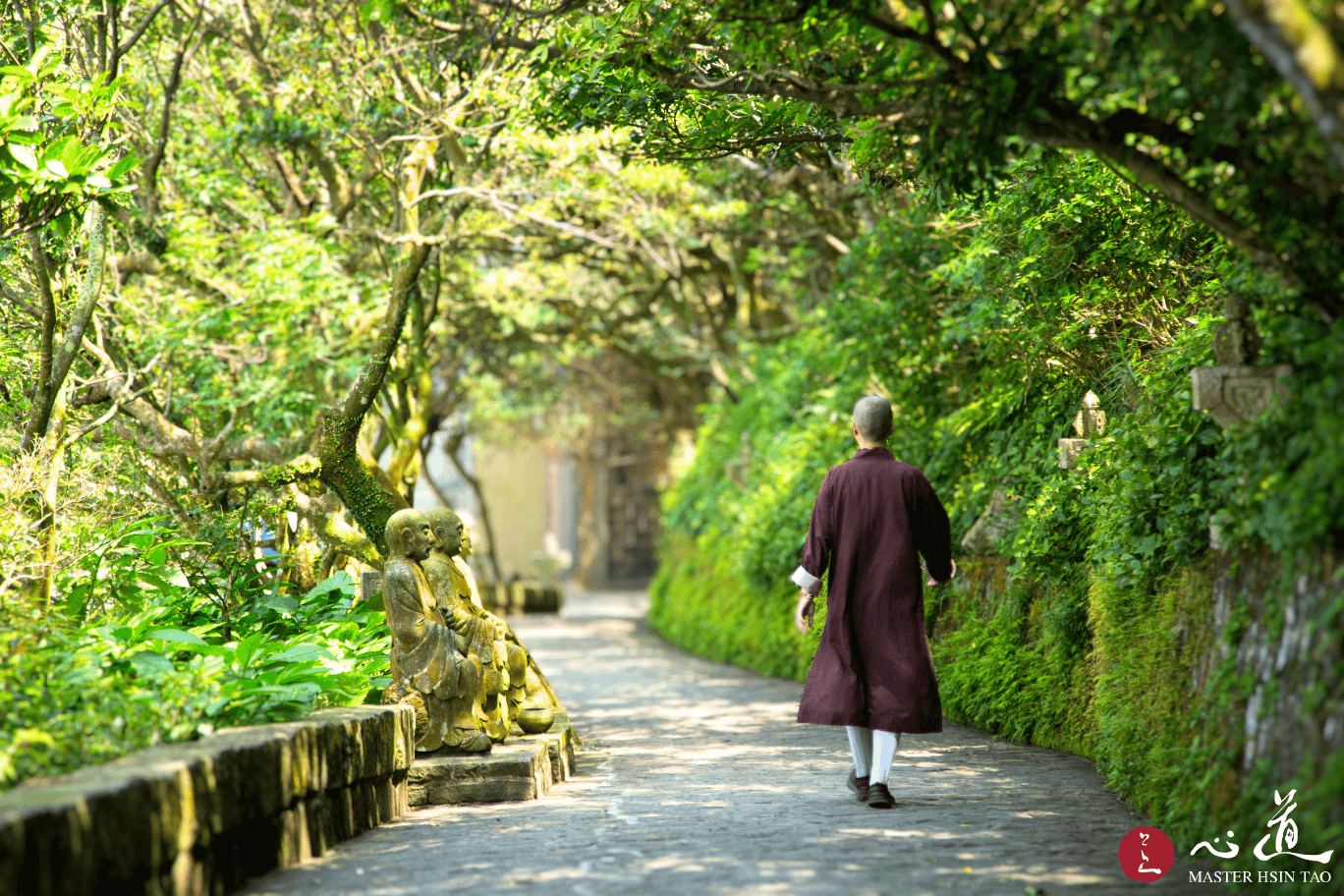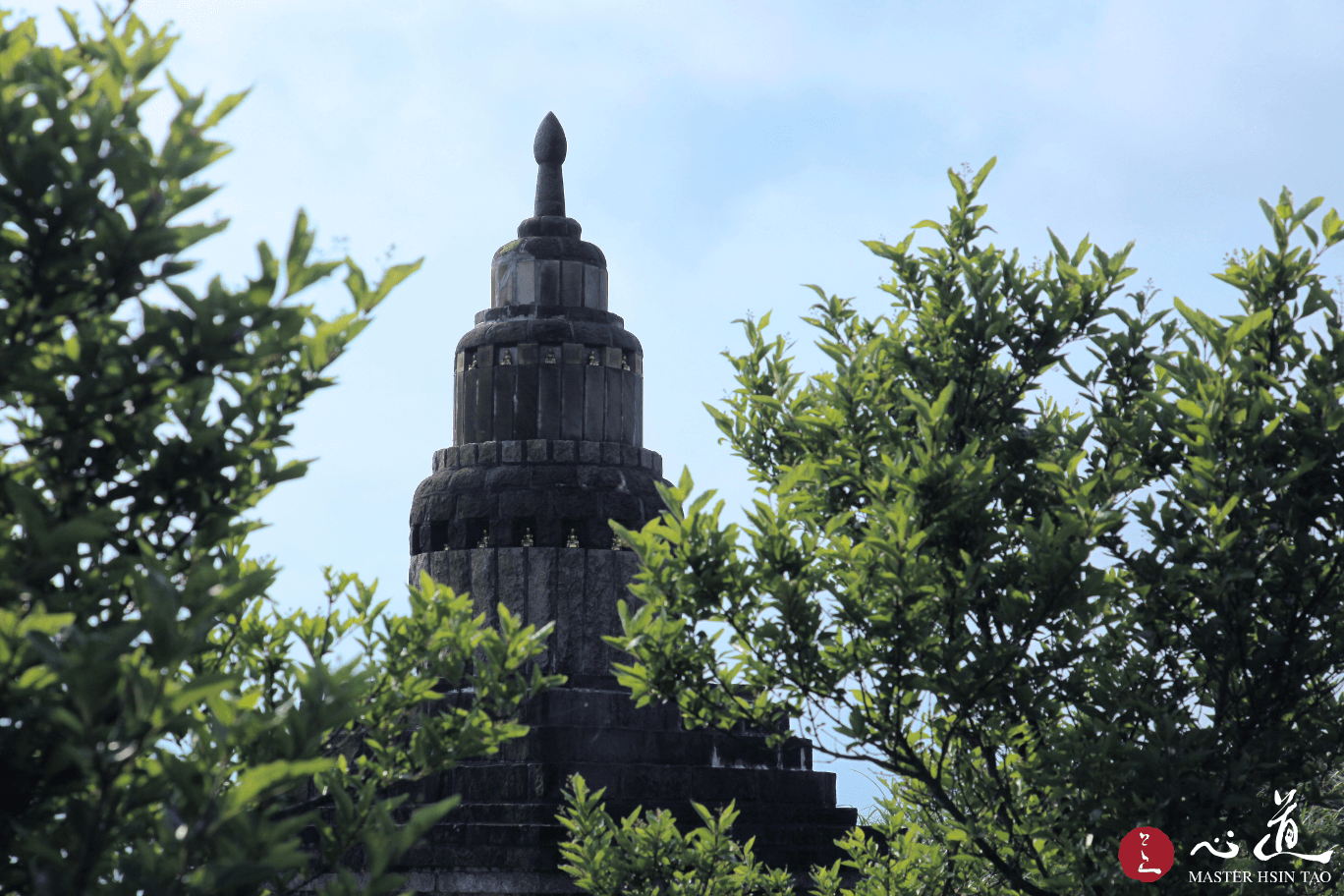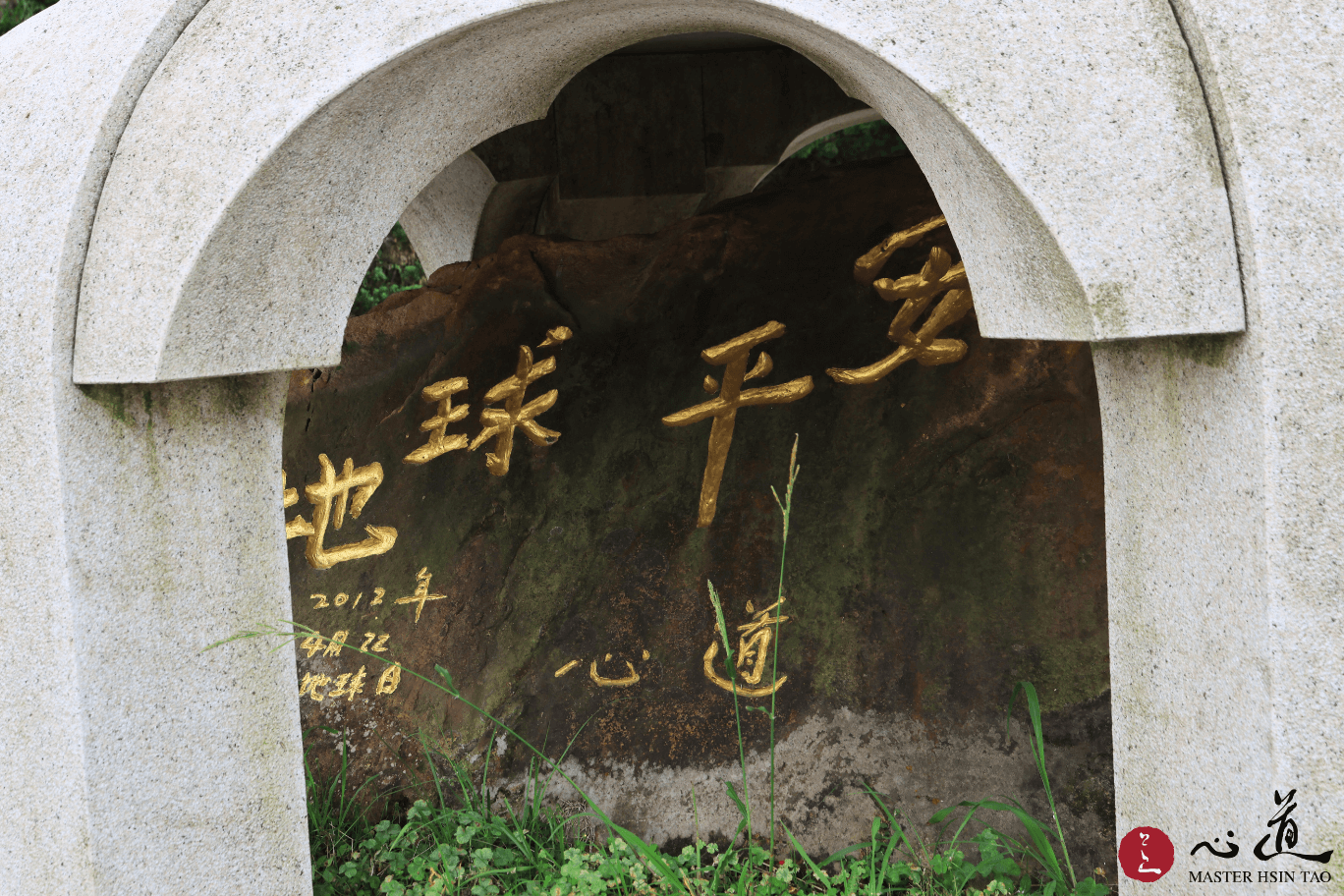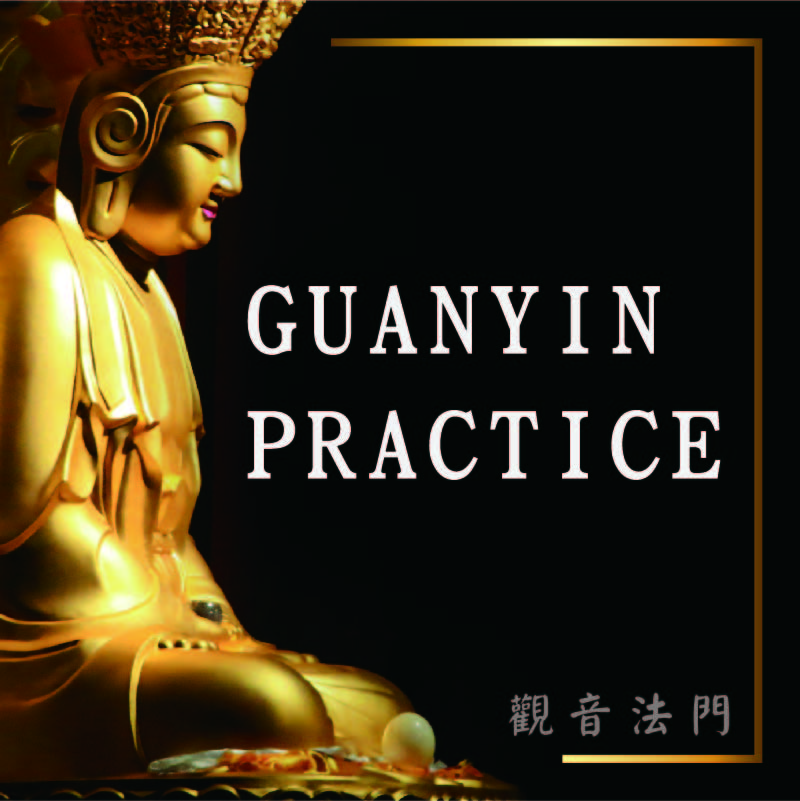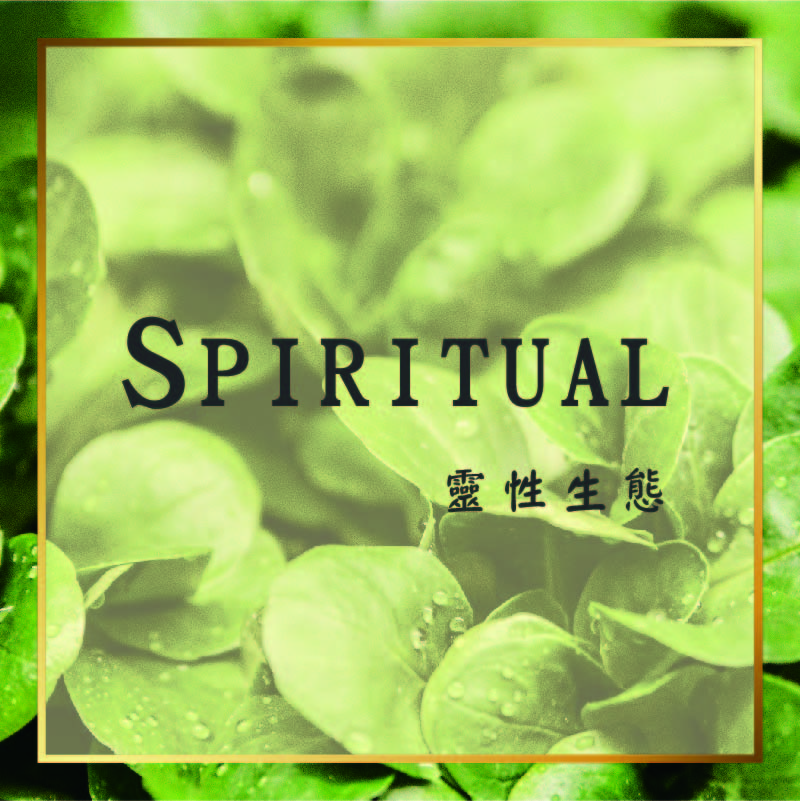
Spiritual Ecology is the Remedy to Peace of Life (II)
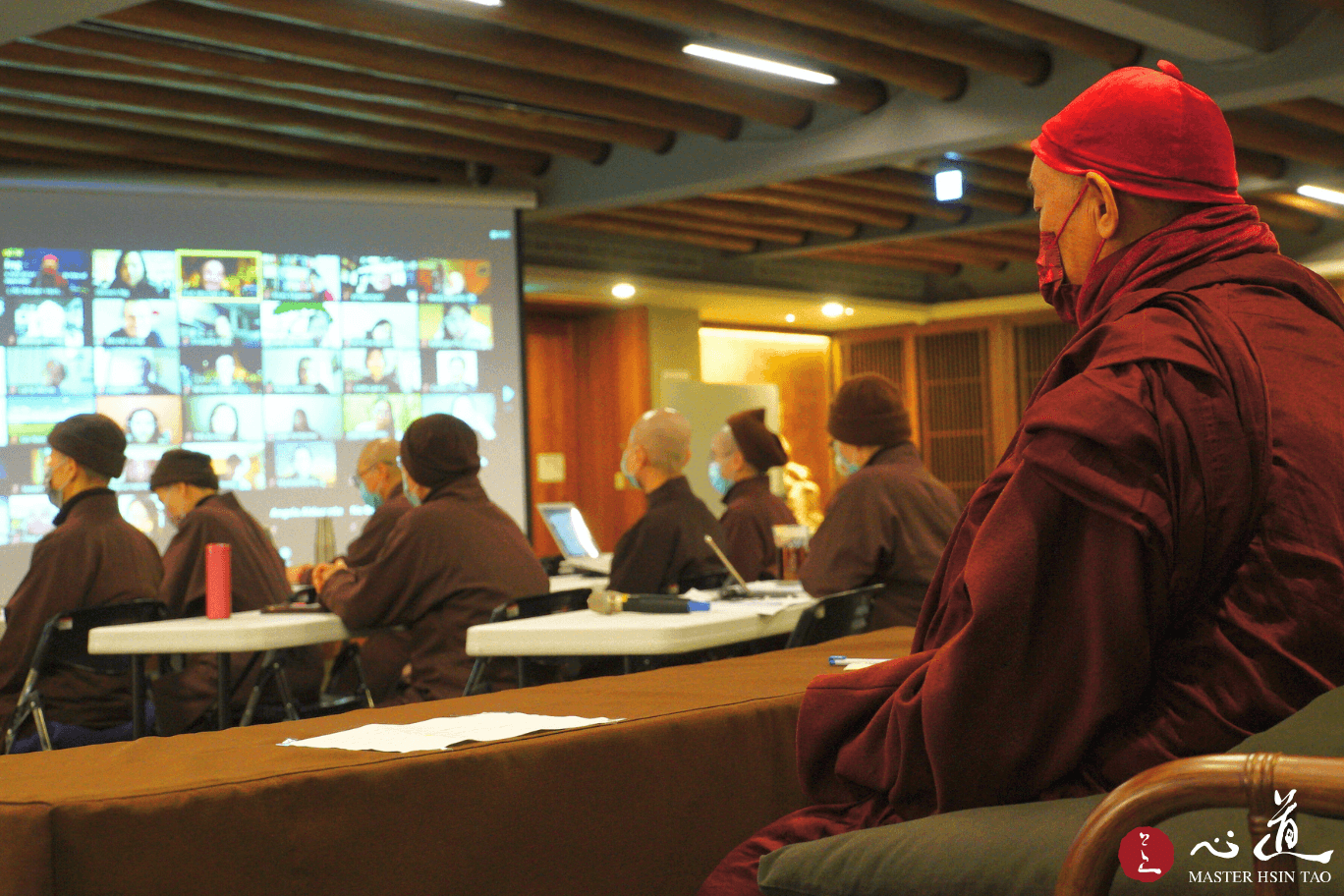 The University for Life and Peace is an ecological institution that actively promotes the peace of ecological life, develops systematic ecological education, and advances awareness of spiritual ecology. We must arrive at a mutual understanding regarding ecology, knowing that the life of all beings is characterized by sharing rather than exploitation, that all beings possess a spiritual state of mind, and that our relationships are partnerships rather than predatory. We use this principle as a foundation, treating spiritual ecology as the root solution while complementing current environmental protection efforts with the proper remedy. The combination of these two approaches creates a comprehensive ecological peace movement.
The University for Life and Peace is an ecological institution that actively promotes the peace of ecological life, develops systematic ecological education, and advances awareness of spiritual ecology. We must arrive at a mutual understanding regarding ecology, knowing that the life of all beings is characterized by sharing rather than exploitation, that all beings possess a spiritual state of mind, and that our relationships are partnerships rather than predatory. We use this principle as a foundation, treating spiritual ecology as the root solution while complementing current environmental protection efforts with the proper remedy. The combination of these two approaches creates a comprehensive ecological peace movement.
The University for Life and Peace integrates these concepts to educate the public, which must be our priority. Through careful observation during my time in the mountains, I have noticed that when vegetation begins to produce verdant shoots in early spring, they often wither due to cold weather caused by significant climatic variations, resulting in poor tree development and stunted growth. This occurs due to climate change, which has disrupted normal seasonal cycles. Originally, species would emerge in spring, flourish in summer, mature in autumn, and have their seeds remain underground in winter, preparing for the next cycle of spring growth—this constitutes the natural species cycle. However, everything has changed now, leading to species extinction and threatening human survival. Therefore, we must protect the ecology. What I have been working on is fundamentally about peace—ecological peace, religious peace, and the Water, Land, and Air Dharma Assembly, which promotes peace among beings of the six realms—all forms of peace work.
 The University for Life and Peace seeks to establish ecological awareness and consensus, recognizing that every individual is part of the entity of interdependence, with all beings serving as spiritual companions. With this understanding, we cherish forests and protect species, ensuring ecological sustainability so that humanity can achieve sustainability. This is the philosophy of spiritual ecology that we advocate and it is a manifestation of compassion. The philosophy is taken into action through not only showing compassion toward humanity by providing opportunities to study the Buddhadharma and maintaining consistent and virtuous intentions, but also demonstrating compassion toward all species by regarding all beings with the compassion that extends to all beings because of our shared essence, sharing and coexisting with all life. Buddhist compassion is not merely rhetoric but must genuinely generate care for every being that one comes in contact with, enabling their flourishing and guiding them along the Buddhist path of life—when the cause is virtuous, the result will also be virtuous.
The University for Life and Peace seeks to establish ecological awareness and consensus, recognizing that every individual is part of the entity of interdependence, with all beings serving as spiritual companions. With this understanding, we cherish forests and protect species, ensuring ecological sustainability so that humanity can achieve sustainability. This is the philosophy of spiritual ecology that we advocate and it is a manifestation of compassion. The philosophy is taken into action through not only showing compassion toward humanity by providing opportunities to study the Buddhadharma and maintaining consistent and virtuous intentions, but also demonstrating compassion toward all species by regarding all beings with the compassion that extends to all beings because of our shared essence, sharing and coexisting with all life. Buddhist compassion is not merely rhetoric but must genuinely generate care for every being that one comes in contact with, enabling their flourishing and guiding them along the Buddhist path of life—when the cause is virtuous, the result will also be virtuous.
The Buddhist way of life is the life of giving, which we must now learn. Buddhism includes complete giving, representing the most thorough bodhicitta, aspiring for all beings to achieve enlightenment, transcend all suffering, and develop great compassion. This is our mission and the path we must follow, whether as laities or monastics, all must pursue transcendence and compassion. Buddhism guides everyone toward the right path, the right act, and the right dedication, ultimately achieving right mindfulness for all beings. All current disasters arise from non-virtuous intentions; therefore, if we act according to the right mindfulness of Buddhadharma, disasters will diminish, and the Earth can reach peaceful sustainability.


